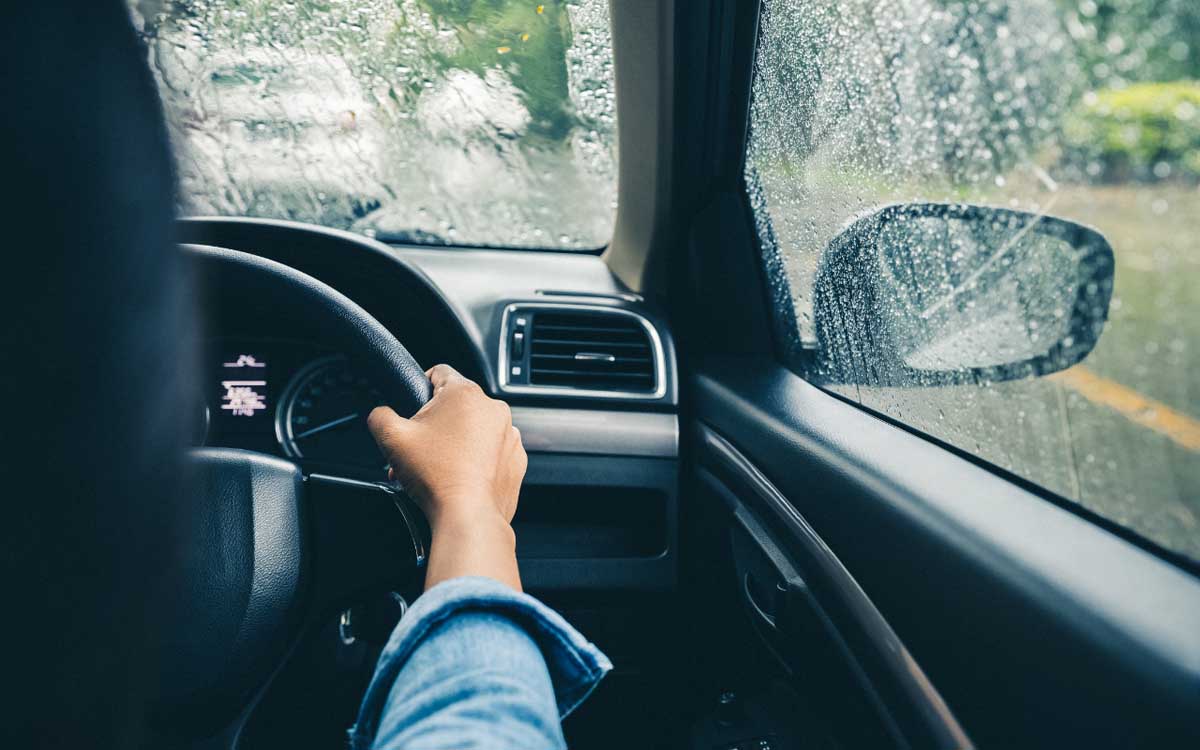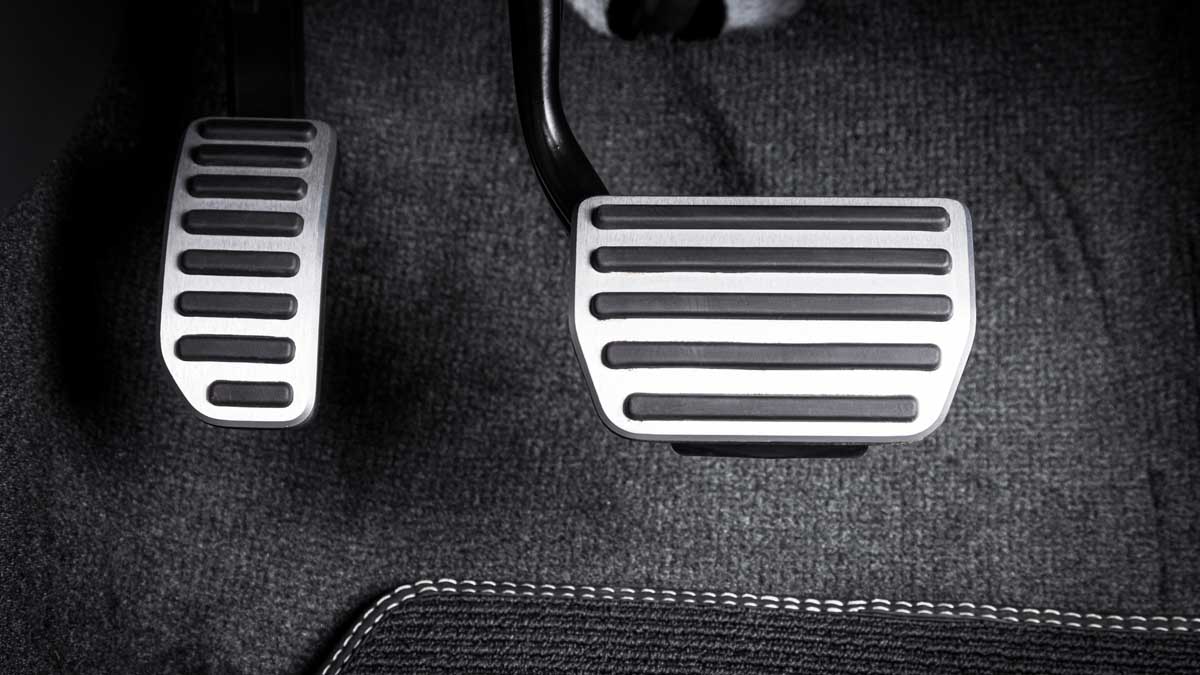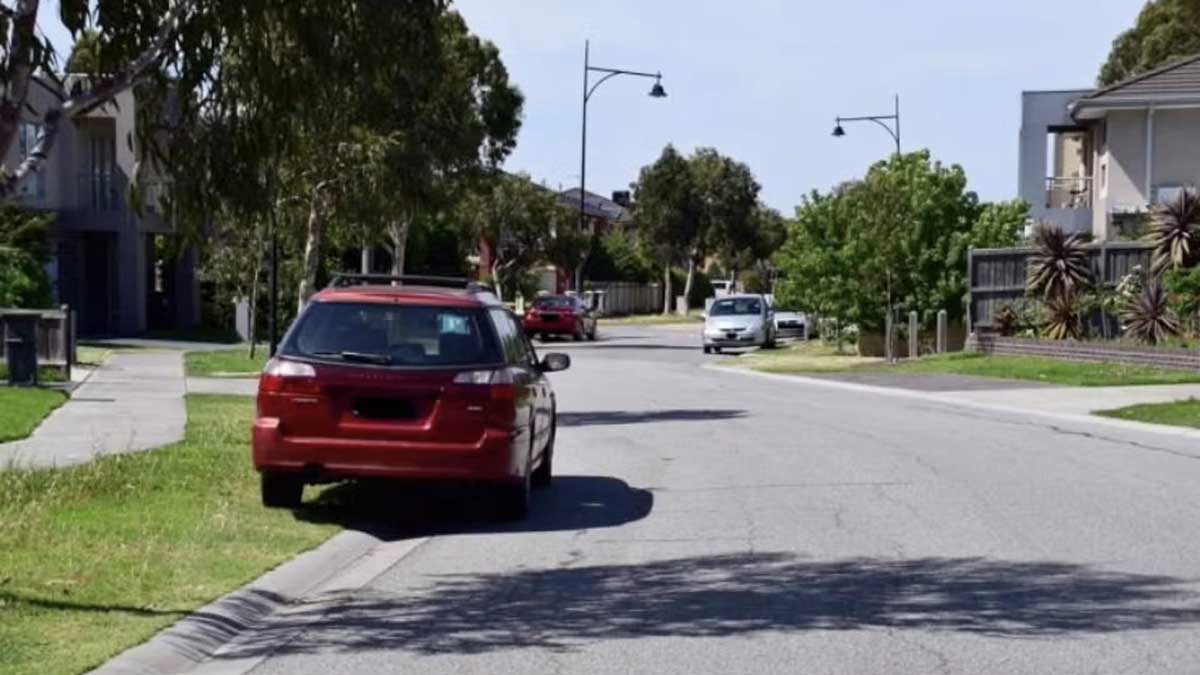Driving safely is always a top priority, but it becomes even more crucial when faced with adverse weather conditions like rain. Wet roads present unique challenges for drivers, both during the day and at night, requiring extra caution and adapted driving techniques. This article aims to provide practical tips for driving safely in the rain and to raise awareness of the potential dangers associated with wet weather driving.
The Dangers of Driving in the Rain
Rain can significantly impact driving conditions, making it more difficult to navigate the roads safely. Reduced visibility due to rain, fog, and road spray is one of the primary concerns. Wet roads also lead to increased stopping distances, as the friction between tyres and the road surface is reduced. This can make it harder to stop quickly in case of emergencies.
Another significant risk when driving in the rain is hydroplaning. This occurs when a layer of water builds up between the tyres and the road surface, causing the vehicle to lose contact with the road and skid or slide uncontrollably. Slippery road surfaces also increase the chances of skidding, especially during sudden turns or braking.
Rain can impair the judgment and reaction times of other drivers on the road. It’s essential to be aware of this and to drive defensively, anticipating potential mistakes or erratic behaviour from others.
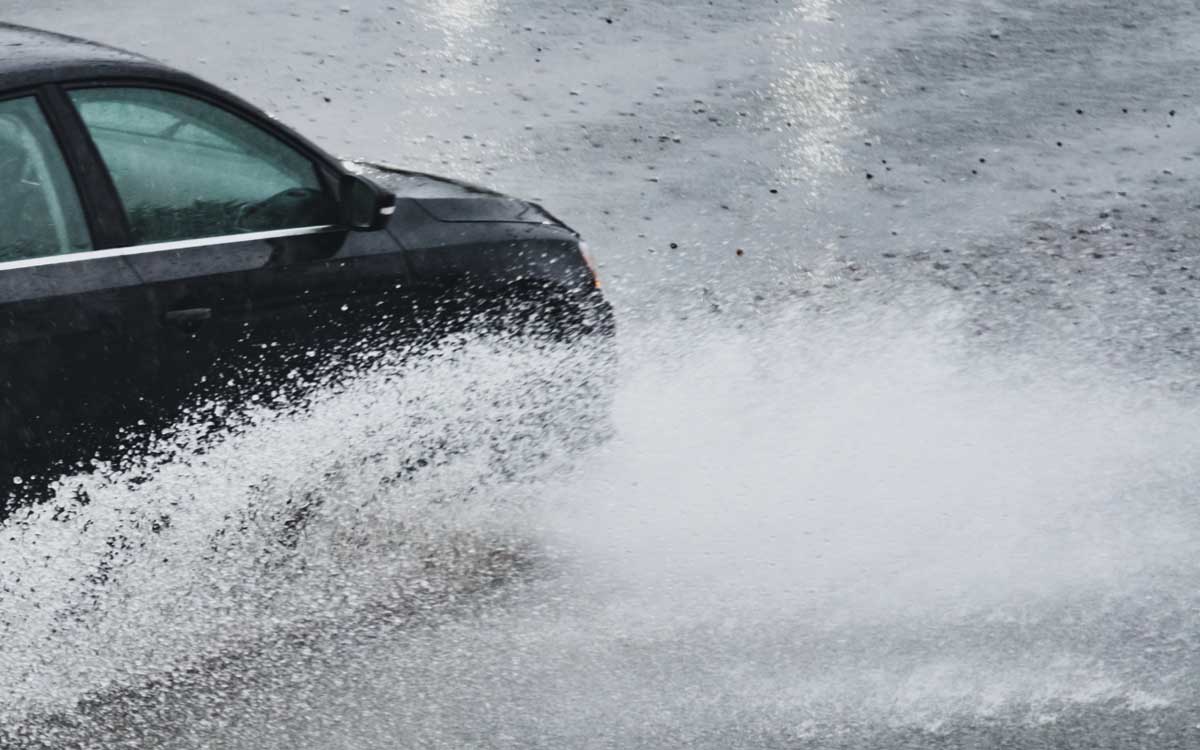
Tips for Driving Safely in the Rain
Slow down and maintain a safe following distance
One of the most critical things to do when driving in the rain is to reduce your speed. This allows you more time to react to any potential hazards and reduces the risk of hydroplaning. It’s also crucial to maintain a larger gap between your vehicle and the one in front of you, as stopping distances are increased on wet roads.
Ensure your vehicle is well-maintained
Properly maintaining your vehicle is essential for safe driving in any weather, but it becomes even more critical in wet conditions. Regularly check your tyre tread depth and pressure to ensure maximum grip on wet roads. Keep your windscreen wipers in good condition and replace them when they start to streak or smear. Additionally, ensure that your headlights, taillights, and brake lights are functioning properly to improve your visibility to other drivers.
Improve visibility
Visibility is often reduced during rain, so it’s important to take steps to improve it. Use your headlights, even during the day, to increase your visibility to other drivers. Keep your windscreen clean and free of smears or streaks, and use the air conditioner or demister to prevent windscreen fogging.
Be cautious of standing water and puddles
Standing water and large puddles can be hazardous, as they can cause hydroplaning. Avoid driving through them whenever possible. If you must drive through water, do so slowly and steadily to prevent loss of control.
Brake and Steer Smoothly
Sudden, aggressive movements can cause your vehicle to skid or slide on wet roads. To maintain control, apply your brakes gently and early, giving yourself plenty of time to slow down or stop. Steer smoothly and avoid sudden, jerky movements that could cause your vehicle to lose traction.
Road Sections to Be Cautious of During and After Rain
While wet roads, in general, require extra caution, certain road sections can become particularly treacherous during and after rainfall. Being aware of these areas and taking appropriate precautions can help drivers navigate safely and avoid accidents.
Bridges and Overpasses
Bridges and overpasses tend to freeze more quickly than other road surfaces due to cold air circulating both above and below them. This can lead to the formation of black ice, especially during temperature drops following rainfall. Approach these structures with caution, slow down, and avoid sudden braking or steering manoeuvres.
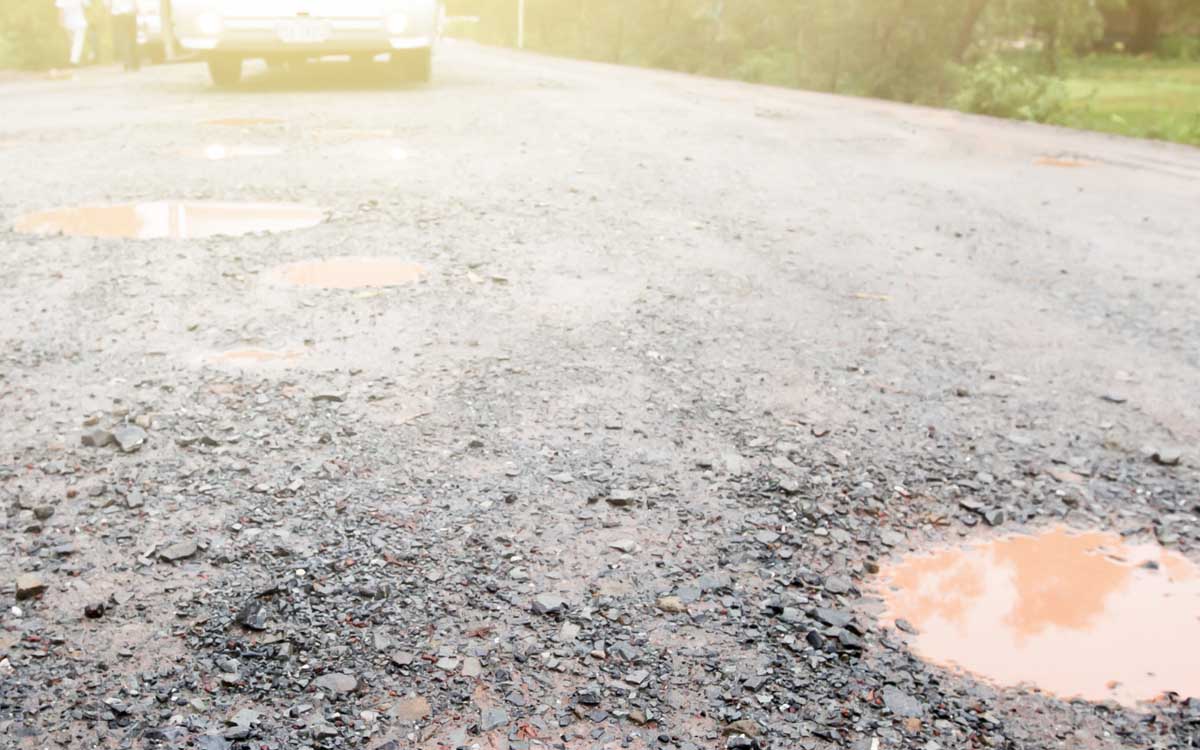
Roads with Poor drainage
Roads with poor drainage systems or those located in low-lying areas are prone to accumulating standing water during heavy rain. These sections can be particularly dangerous, as deep water can cause hydroplaning and loss of vehicle control. When encountering poorly drained roads, reduce your speed and drive through water slowly and steadily.
Rural roads and Country Lanes
Rural roads and country lanes often lack proper drainage systems and can be surrounded by trees and foliage that prevent water from evaporating quickly. These conditions can lead to water pooling on the road surface and increase the risk of skidding or hydroplaning. Drive cautiously on these roads, especially after heavy rainfall, and watch out for areas where water may have accumulated.
Intersections and Pedestrian crossings
Intersections and pedestrian crossings can be particularly hazardous during and after rain. Wet road markings, such as stop lines and pedestrian crossings, can become slippery, increasing stopping distances and the risk of skidding. Approach these areas slowly, and be prepared to stop safely, even if the light is green.
Winding Roads and Sharp Curves
Winding roads and sharp curves require extra caution during wet weather. The combination of reduced traction and decreased visibility can make it harder to navigate these sections safely. Slow down before entering curves, and avoid sudden braking or acceleration while cornering to maintain control of your vehicle.
Newly Paved or Resurfaced roads
Newly paved or resurfaced roads can be especially slippery during the first rainfall after construction. The fresh asphalt or tarmac can release oils that mix with the rainwater, creating a slick surface. Drive cautiously on these roads, maintaining a safe speed and following distance.
Fallen leaves and debris
After rainfall, fallen leaves and debris can accumulate on the road surface, creating a slippery layer that reduces traction. This is particularly common during autumn months when trees shed their leaves. Be cautious when driving on roads covered in wet leaves, as they can hide potholes, road markings, and other hazards.
Night Driving in the Rain
Driving in the rain at night presents additional challenges due to further reduced visibility and increased glare from oncoming headlights. To manage these challenges, it’s essential to reduce your speed even further and to increase your following distance to allow more time to react to potential hazards.
When driving at night in the rain, avoid looking directly at oncoming headlights, as this can cause temporary blindness and impair your vision. Use your high beams when appropriate to improve visibility, but remember to switch to low beams when approaching other vehicles to avoid dazzling other drivers.
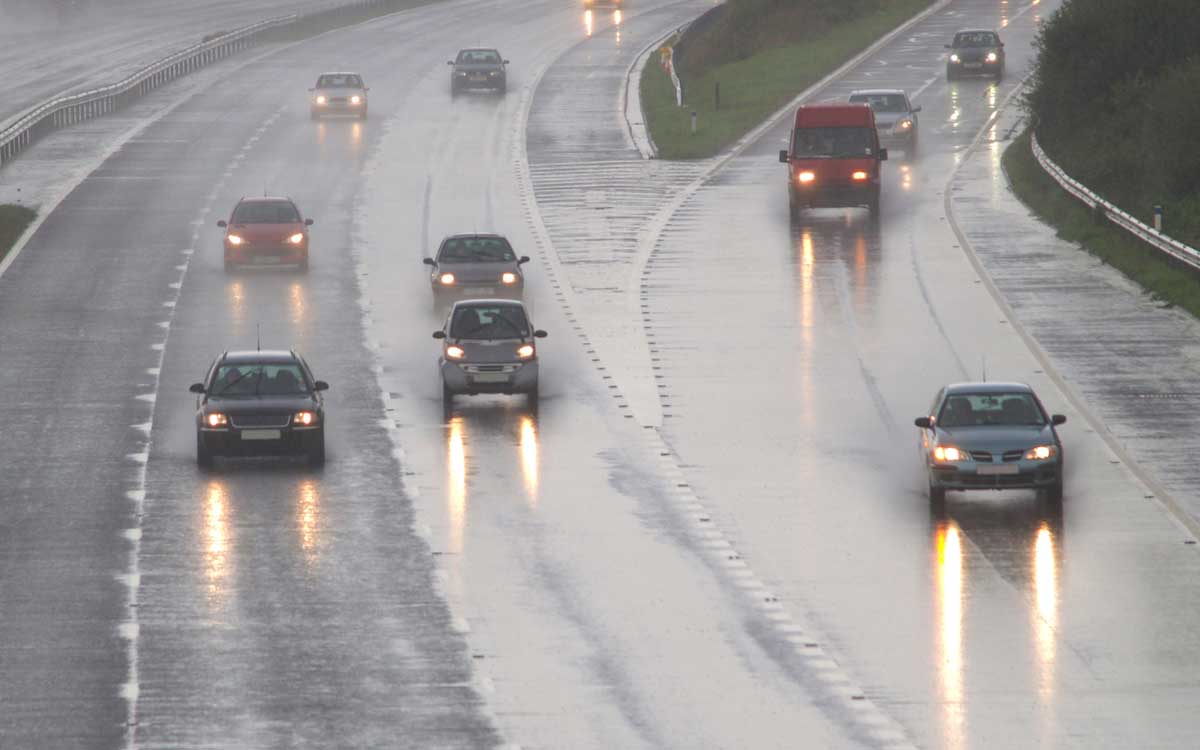
Conclusion
Driving in the rain requires extra caution and adapted driving habits to ensure the safety of yourself, your passengers, and other road users. By following the tips outlined in this article and being aware of the potential dangers, drivers can significantly reduce their risk of accidents on wet roads.
Remember to slow down, maintain a safe following distance, keep your vehicle well-maintained, improve visibility, be cautious of standing water, and brake and steer smoothly. By prioritising safety and exercising caution, you can navigate the challenges of driving in the rain with confidence.

